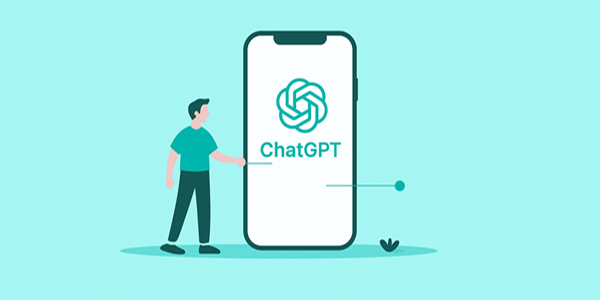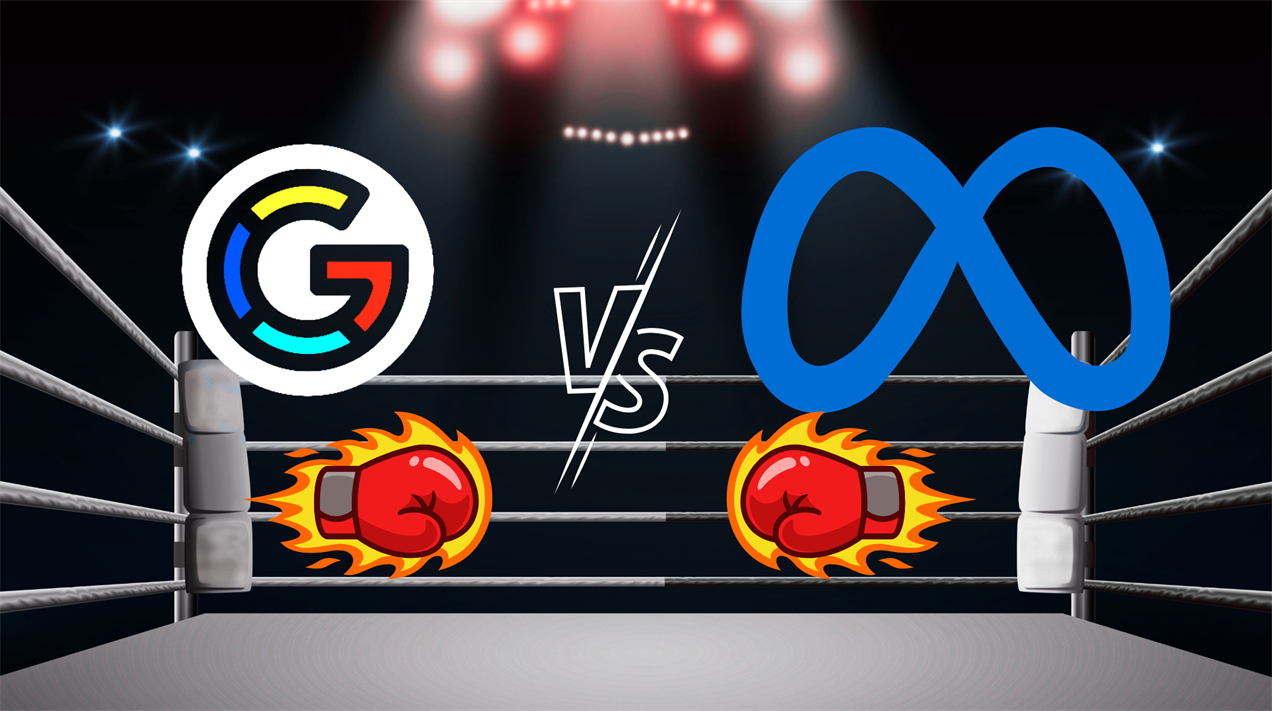
How Do I Get My Website to Show Up in ChatGPT Results?
Jun 24, 2025Learn how to boost your website’s chances of showing up in ChatGPT answers by optimising for Bing, using structured content, and applying smart SEO practices.
Learn more
You Asked
We Answer
Before deciding on a the best platform you will need to determine what digital strategy you want to implement, as the different platforms will cater to different strategies you need to answer these questions: who is my target audience, what are my advertising goals, what is my budget, and finally factor in the nature of your business.
Pros: Wide reach, targeting options, various ad formats (search, display, video), and powerful analytics.
Cons: High competition in certain industries.
Pros: Extensive targeting options based on demographics, interests, and behaviours. Suitable for visual and engaging content.
Cons: Ad fatigue can be an issue, and organic reach on Facebook has declined over time.
Pros: Visual platform, suitable for brands with compelling visual content. Part of the Facebook Ads platform, offering similar targeting options.
Cons: May not be ideal for all types of businesses.
Pros: Targeted towards professionals and B2B audiences. Good for business-to-business advertising.
Cons: Generally higher cost-per-click compared to other platforms.
Pros: Real-time engagement, suitable for trending topics and quick promotions.
Cons: Limited character count can be a challenge, and the platform may not be ideal for all types of businesses.
Pros: Excellent for video content and reaching a broad audience through pre-roll or display ads.
Cons: Competition for attention in the video space can be high.
Pros: Can offer lower competition and cost-per-click compared to Google Ads. Useful for reaching audiences not heavily present on Google.
Cons: Smaller audience compared to Google.
Pros: Visual platform, suitable for businesses with visually appealing products or content.
Cons: May not be as effective for all industries.

The cost-per-click (CPC) on online advertising platforms varies based on factors such as industry, target audience, competition and the quality of your ads. From our experience these are the most cost effective platforms for CPC.
CPC on Bing Ads is often lower than on Google Ads, making it a potentially more cost-effective option for some advertisers.
The cost of clicks on Facebook Ads can be relatively affordable, especially for businesses with well-targeted and engaging ad content.
While LinkedIn Ads tend to have a higher CPC compared to some other platforms, it may still be cost-effective for businesses targeting specific professional audiences.
Depending on your industry and target audience, Pinterest Ads may offer competitive CPC rates, particularly if your business aligns well with the platform’s user demographics.
Although it might be attractive to look for cheap clicks It’s best consider the overall return on investment (ROI). A platform with slightly higher CPC may deliver better results if it reaches a more relevant and engaged audience. Experiment with multiple platforms, analyse performance metrics, and adjust your strategy based on these results. Consistency in your digital marketing will always bring good results regardless of the costs.
A/B testing is a method used in marketing to compare two versions of your ad and determine which one performs better. The goal here is to identify changes that improve a given metric, such as click-through rate, conversion rate, or user engagement.
Ad Quality Score is a term used to measure the quality and relevance of an advertisement. A higher Ad Quality Score is generally associated with benefits such as lower costs per click (CPC) and better ad placements.
If you create ads that are valuable, relevant, and provide a positive experience you will get a higher score.
Running digital ads on on more than one platform at a time, also known as multi-channel advertising will allow you to experiment with what works best for your business. Look closely at the results and hone in on what is working doing away with what does not.
NZ Digital are a Auckland based digital marketing agency, we offer a wide range of done for you digital marketing and lead generation services. If you have more questions or would like to book a FREE Digital Marketing consult please schedule a call with us.